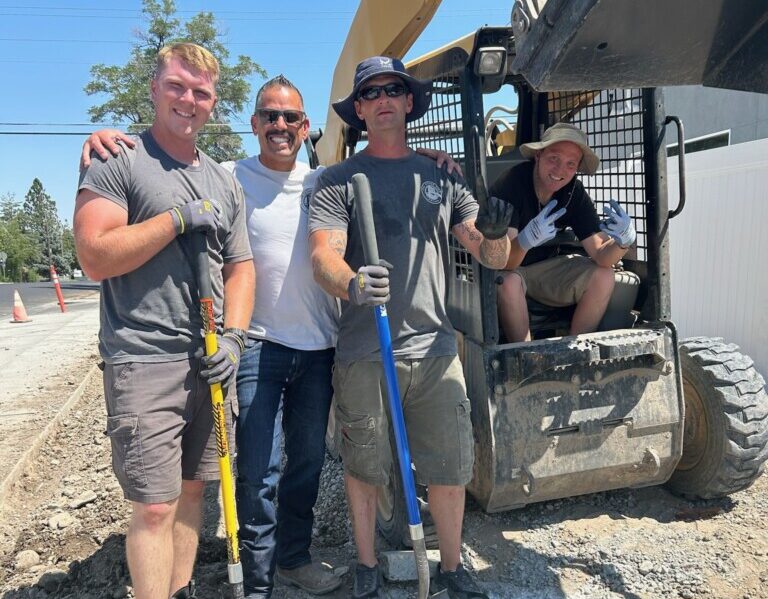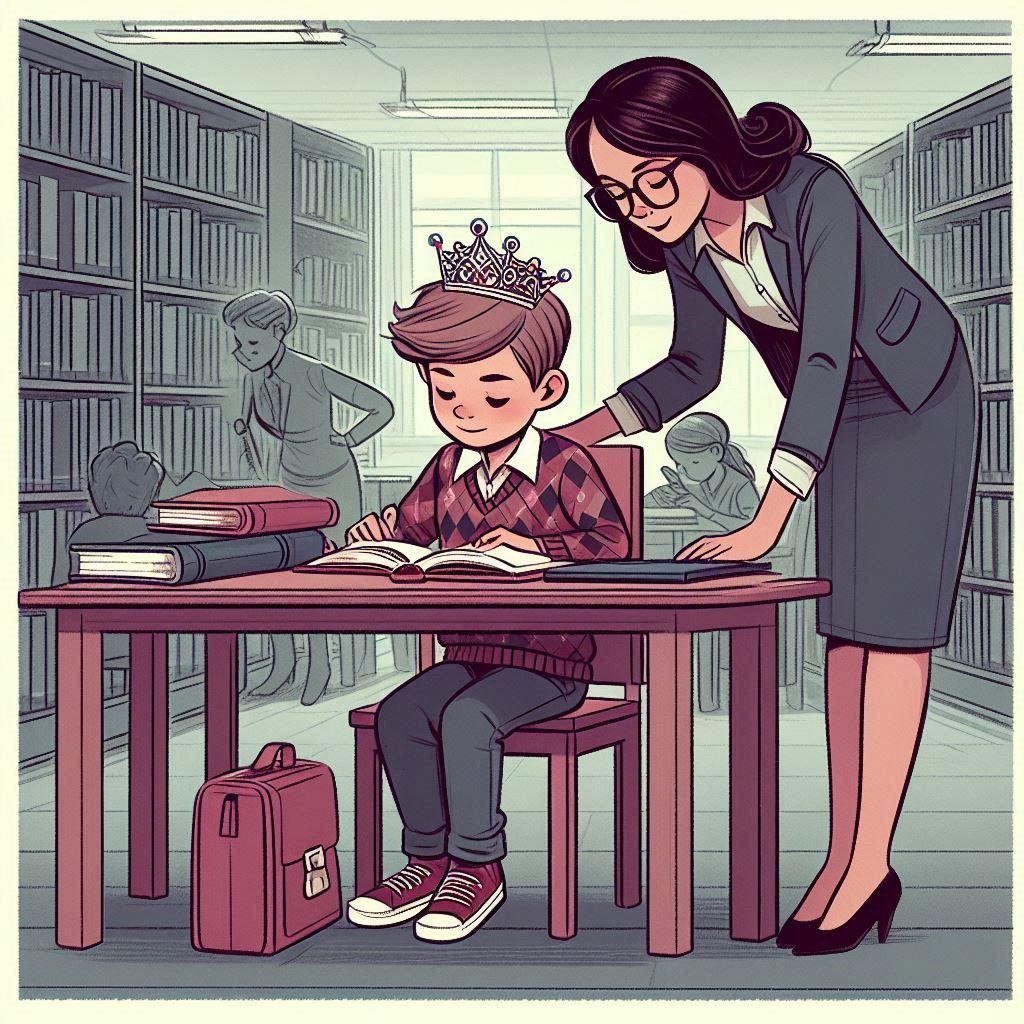Moving to Utah is a big decision, and there are many things to consider before moving. Make sure you research the state thoroughly and have all your ducks in a row before moving. The state is known for its high quality of life, low crime, and beautiful landscape.
It can be an excellent opportunity for those looking for a new and exciting lifestyle. Additionally, To get the most out of your time in Utah, ensure you have a VPN for Chrome installed. VeePN will help protect your privacy while online and enable you to access blocked content wherever you are in Utah. See page for more information.
There are a few other things that should be taken into consideration before moving. Here are 10 things to know before moving to Utah:
1. Utah Is a Relatively Dry State
Utah is a dry state, meaning that there is no rainfall in the state. This means there are few opportunities for watering plants or filling up gallons. If you’re used to having a garden or taking long showers, there may be better places for you.
2. It Can Be Colder in Utah than in Other Parts of The United States
Utah is a great place to live if you like cold weather. It can be colder in Utah than in other parts of the country. The average temperature in Salt Lake City is about 33 degrees Fahrenheit, which is colder than the average temperature in most other parts of the United States.
3. The State Is Home to Several Ski Resorts
Utah is also home to some of the best ski resorts in the country, including Park City and Deer Valley, and numerous mountain biking trails making it a great place to spend winter months.
4. Utah Is Known for Its Mormon Culture and Traditions
Utah is known for its Mormon culture and tradition. Most residents are members of The Church of Jesus Christ of Latter-day Saints, or Mormons. This includes traditional church practices, such as polygamy and temple ceremonies, and unique aspects of Utah life, like the Brigham Young University campus in Provo. If you’re not a Mormon and want to avoid participating in these traditions, you may find it challenging to live in Utah.
5. The State Has a Strong Agricultural Economy
Utah is known for its strong agricultural economy. The state has a large number of farming and ranching businesses, as well as a significant food processing industry. These industries support a large number of jobs in Utah, as well as contribute significantly to the state’s GDP.
6. The Culture in Utah Is Generally Friendly and Welcoming
Utah is a great place to live if you want a friendly and welcoming culture. The people are generally friendly and open-minded, which makes it easy to make friends and connect with the community. You’ll find that people are willing to help you out if you need it, and most locals are happy to chat about anything.
7. Strong Tourism Sector
Utah also has a strong tourism sector. The state is home to several top tourist destinations, including Zion National Park and Bryce Canyon National Park. The tourism industry provides many jobs in Utah and contributes significantly to the state’s GDP.
8. The Cost of Living Is Relatively Low Compared to Other States
Utah is one of the more affordable states in the U.S., with a lower cost of living than many other states. Some higher costs in Utah than in other states include housing and food. However, utilities, transportation, and healthcare are generally much cheaper here. The average price of groceries is about half that of comparable items in other states, and Utah taxes are very reasonable compared to other states.
Despite being relatively affordable, Utah does have some expensive areas. Salt Lake City and Ogden are both considered expensive cities due to their high cost of living relative to other parts of the state.
9. The Schools in Utah Are Some of the Best in the Country
Utah is one of the best states to live in regarding education. The schools in Utah are some of the best in the country, and there are many opportunities for education and enrichment.
The state’s universities are ranked among the top 50 in the United States, and its public colleges and universities are consistently rated as among the best in the nation. The schools in Utah are some of the best in the nation, providing students with outstanding educations regardless of their financial background or location within the state.
10. Salt Lake City Is a Vibrant and Lively City That Has Something for Everyone to Enjoy
Salt Lake City is the capital and largest city in Utah, with a population of more than 1 million people. It is located approximately 100 miles south of Denver on the eastern side of the Rocky Mountains. Salt Lake City has many to offer newcomers, including plenty of cultural activities and nightlife. It’s home to several museums, including the Salt Lake Art Museum and the Museum of Contemporary Art, ranked among the best in the country.
Conclusion
Before moving to Utah, there are many things to know, but with some planning and research, you’ll be well on your way to transitioning into this beautiful state! Before you go, check out some of the resources listed above to have all the information you need to make a move go as smoothly as possible. Have fun in Utah!






